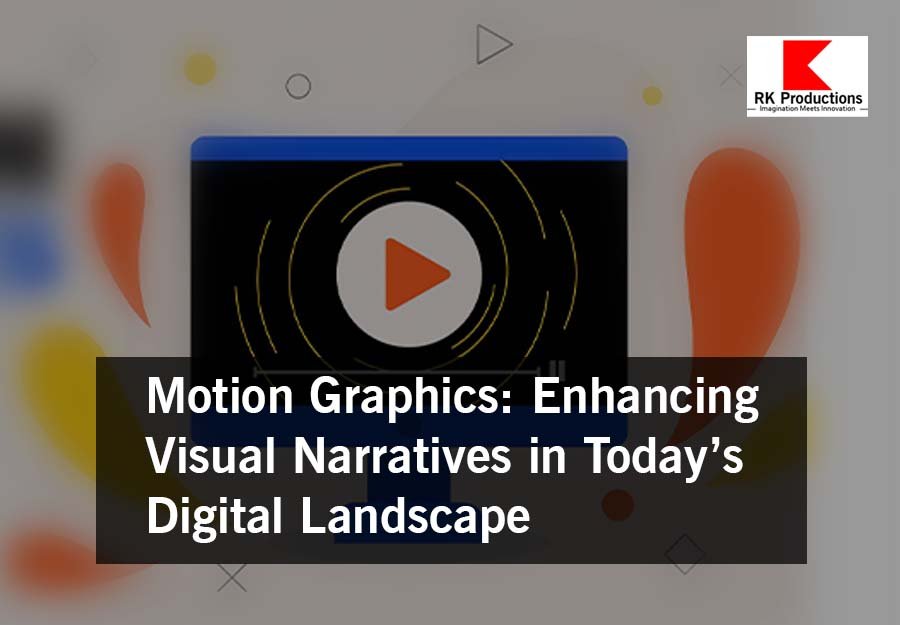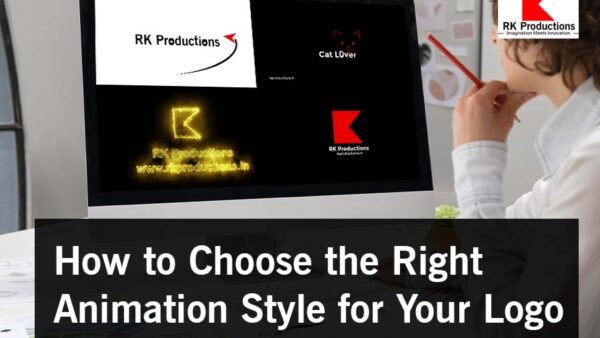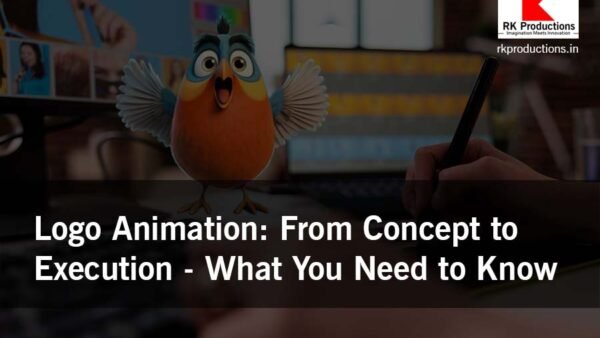In today’s digital world, where attention spans are short and visual content reigns supreme, motion graphics have emerged as a dynamic medium for storytelling. Through engaging animations, brands and creators are harnessing the power of motion graphics to convey complex ideas, captivate audiences, and bring static images to life. Let’s dive into how motion graphics are reshaping storytelling and the essential techniques and trends shaping this field.
The Evolution of Motion Graphics
Motion graphics blend graphic design and animation, evolving from early animations and simple slideshows into sophisticated storytelling tools. Originally limited to film and TV intros, motion graphics now permeate all digital spaces, including social media, websites, apps, and advertisements. With advancements in software and technology, the art form has evolved, enabling creators to experiment with complex visual effects, vibrant 3D elements, and interactive experiences.
Key milestones in this evolution include:
- The Digital Animation Era: The rise of software like Adobe After Effects and 3D tools, enabling animators to build intricate motion graphics.
- Social Media Integration: Platforms like Instagram, TikTok, and YouTube have expanded the reach and demand for eye-catching, shareable animations.
- AI and Machine Learning: Recent advancements are making it easier to automate and personalize animations for different audiences, keeping motion graphics fresh and relevant.
Impact on Marketing and Advertising
Motion graphics have become invaluable in marketing and advertising due to their ability to simplify complex concepts and evoke emotions through visually appealing stories. The statistics speak volumes—videos with motion graphics can increase conversions by up to 80%, making them essential for companies aiming to engage, inform, and convert viewers.
Brands leverage motion graphics to:
- Enhance Storytelling: Short animated stories can explain products, services, or company values in a memorable, digestible format.
- Boost Engagement: Visually stimulating animations keep audiences hooked, leading to more shares and increased brand reach.
- Drive Conversions: Motion graphics are particularly effective in explainer videos, where they break down intricate information quickly, helping potential customers make purchasing decisions.
Key Tools and Techniques in Motion Graphics
For those interested in creating compelling motion graphics, mastering certain tools and techniques is essential. Here’s an overview of popular tools and a few core techniques:
- Adobe After Effects: The industry standard for motion graphics, offering advanced effects, compositing, and animation tools.
- Cinema 4D: A favorite for 3D graphics, enabling realistic textures, lighting, and effects that add depth to animations.
- Blender: An open-source tool that’s increasingly popular for 3D motion graphics, known for its versatility and community-driven support.
Core techniques to consider:
- Kinetic Typography: This technique animates text to convey emotion and rhythm, perfect for creating impactful messaging in ads or intro sequences.
- 3D Animation: Bringing depth and realism, 3D effects can create immersive experiences, making designs more lifelike.
- Morphing and Transitions: Smooth transitions between shapes and images add fluidity to animations, enhancing visual appeal.
Future Trends in Motion Graphics
Motion graphics continue to evolve, and emerging trends are set to transform the field further. Here are some key trends shaping the future:
- AI-Driven Animations: AI is beginning to automate parts of the animation process, such as generating simple movements or automating facial expressions, which can speed up workflows and bring new creative possibilities.
- Augmented and Virtual Reality: The integration of AR and VR with motion graphics is creating immersive experiences, allowing audiences to interact with animated elements in real-time.
- Interactive Motion Graphics: From clickable animations to shoppable videos, interactivity is enhancing user engagement, particularly in e-commerce and web design.
As technology advances, motion graphics will continue to break boundaries, merging more deeply with augmented and virtual experiences and offering creators unprecedented flexibility and innovation.
Practical Tips for Creators
Whether you’re a seasoned animator or just starting, here are some tips to help elevate your motion graphic projects:
- Keep It Simple: Avoid overwhelming viewers with complex designs; focus on clear, engaging visuals.
- Focus on Storytelling: Every animation should have a narrative structure, even if it’s brief. Prioritize clear messages and visual flow.
- Master Color and Typography: Colors set the tone and mood, while typography adds personality. Be intentional about these choices to create a cohesive visual story.
- Mind the Timing: Motion graphics are all about pacing. Use fast-paced movements for energy, or slow transitions for emphasis.
Conclusion
Motion graphics are transforming how stories are told in the digital age, enabling brands, businesses, and creators to captivate audiences with engaging, visually rich narratives. As this art form evolves, the possibilities for innovation and expression in motion graphics are boundless. By keeping up with trends, tools, and techniques, creators can harness the full potential of motion graphics to make their stories stand out in an ever-crowded digital landscape.






